Feb 23, 2012
Posted by PuertoMadero in Uncategorized | 6 Comments
METEORITOS DE FEBRERO.Hno. Danilo
Feb. 22, 2012: In the middle of the night on
February 13th, something disturbed the animal population of rural
Portal, Georgia. Cows started mooing anxiously and local dogs howled at
the sky. The cause of the commotion was a rock from space.
“At 1:43 AM Eastern, I witnessed an amazing fireball,” reports
Portal resident Henry Strickland. “It was very large and lit up half the
sky as it fragmented. The event set dogs barking and upset cattle,
which began to make excited sounds. I regret I didn’t have a camera; it
lasted nearly 6 seconds.”
Strickland witnessed one of the unusual “Fireballs of February.”
February 13th, something disturbed the animal population of rural
Portal, Georgia. Cows started mooing anxiously and local dogs howled at
the sky. The cause of the commotion was a rock from space.
“At 1:43 AM Eastern, I witnessed an amazing fireball,” reports
Portal resident Henry Strickland. “It was very large and lit up half the
sky as it fragmented. The event set dogs barking and upset cattle,
which began to make excited sounds. I regret I didn’t have a camera; it
lasted nearly 6 seconds.”
Strickland witnessed one of the unusual “Fireballs of February.”
A fireball over north Georgia recorded on Feb. 13th by a NASA all-sky camera in Walker Co., GA. [video]
“This month, some big space rocks have been hitting Earth’s
atmosphere,” says Bill Cooke of NASA’s Meteoroid Environment Office.
“There have been five or six notable fireballs that might have dropped
meteorites around the United States.”
It’s not the number of fireballs that has researchers puzzled. So
far, fireball counts in February 2012 are about normal. Instead, it’s
the appearance and trajectory of the fireballs that sets them apart.
“These fireballs are particularly slow and penetrating,” explains
meteor expert Peter Brown, a physics professor at the University of
Western Ontario. “They hit the top of the atmosphere moving slower than
15 km/s, decelerate rapidly, and make it to within 50 km of Earth’s
surface.”
atmosphere,” says Bill Cooke of NASA’s Meteoroid Environment Office.
“There have been five or six notable fireballs that might have dropped
meteorites around the United States.”
It’s not the number of fireballs that has researchers puzzled. So
far, fireball counts in February 2012 are about normal. Instead, it’s
the appearance and trajectory of the fireballs that sets them apart.
“These fireballs are particularly slow and penetrating,” explains
meteor expert Peter Brown, a physics professor at the University of
Western Ontario. “They hit the top of the atmosphere moving slower than
15 km/s, decelerate rapidly, and make it to within 50 km of Earth’s
surface.”
The action began on the evening of February 1st when a fireball
over central Texas wowed thousands of onlookers in the Dallas-Fort Worth
area.
“It was brighter and long-lasting than anything I’ve seen before,”
reports eye-witness Daryn Morran. “The fireball took about 8 seconds to
cross the sky. I could see the fireball start to slow down; then it
exploded like a firecracker artillery shell into several pieces,
flickered a few more times and then slowly burned out.” Another observer
in Coppell, Texas, reported a loud double boom as “the object broke
into two major chunks with many smaller pieces.”
The fireball was bright enough to be seen on NASA cameras located
in New Mexico more than 500 miles away. “It was about as bright as the
full Moon,” says Cooke. Based on the NASA imagery and other
observations, Cooke estimates that the object was 1 to 2 meters in
diameter.
So far in February, NASA’s All-Sky Fireball Network has
photographed about a half a dozen bright meteors that belong to this
oddball category. They range in size from basketballs to buses, and all
share the same slow entry speed and deep atmospheric penetration. Cooke
has analyzed their orbits and come to a surprising conclusion:
over central Texas wowed thousands of onlookers in the Dallas-Fort Worth
area.
“It was brighter and long-lasting than anything I’ve seen before,”
reports eye-witness Daryn Morran. “The fireball took about 8 seconds to
cross the sky. I could see the fireball start to slow down; then it
exploded like a firecracker artillery shell into several pieces,
flickered a few more times and then slowly burned out.” Another observer
in Coppell, Texas, reported a loud double boom as “the object broke
into two major chunks with many smaller pieces.”
The fireball was bright enough to be seen on NASA cameras located
in New Mexico more than 500 miles away. “It was about as bright as the
full Moon,” says Cooke. Based on the NASA imagery and other
observations, Cooke estimates that the object was 1 to 2 meters in
diameter.
So far in February, NASA’s All-Sky Fireball Network has
photographed about a half a dozen bright meteors that belong to this
oddball category. They range in size from basketballs to buses, and all
share the same slow entry speed and deep atmospheric penetration. Cooke
has analyzed their orbits and come to a surprising conclusion:
“They all hail from the asteroid belt—but not from a single
location in the asteroid belt,” he says. “There is no common source for
these fireballs, which is puzzling.”
This isn’t the first time sky watchers have noticed odd fireballs
in February. In fact, the “Fireballs of February” are a bit of a legend
in meteor circles.
Brown explains: “Back in the 1960s and 70s, amateur astronomers
noticed an increase in the number of bright, sound-producing
deep-penetrating fireballs during the month of February. The numbers
seemed significant, especially when you consider that there are few
people outside at night in winter. Follow-up studies in the late 1980s
suggested no big increase in the rate of February fireballs.
Nevertheless, we’ve always wondered if something was going on.”
Indeed, a 1990 study by astronomer Ian Holliday suggests that the
‘February Fireballs’ are real. He analyzed photographic records of about
a thousand fireballs from the 1970s and 80s and found evidence for a
fireball stream intersecting Earth’s orbit in February. He also found
signs of fireball streams in late summer and fall. The results are
controversial, however. Even Halliday recognized some big statistical
uncertainties in his results.
NASA’s growing All-Sky Fireball Network could end up solving the
mystery. Cooke and colleagues are adding cameras all the time, spreading
the network’s coverage across North America for a dense, uninterrupted
sampling of the night sky.
“The beauty of our smart multi-camera system,” notes Cooke, “is
that it measures orbits almost instantly. We know right away when a
fireball flurry is underway—and we can tell where the meteoroids came
from.” This kind of instant data is almost unprecedented in meteor
science, and promises new insights into the origin of February’s
fireballs.
Meanwhile, the month isn’t over yet. “If the cows and dogs start
raising a ruckus tonight,” advises Cooke, “go out and take a look.”
location in the asteroid belt,” he says. “There is no common source for
these fireballs, which is puzzling.”
This isn’t the first time sky watchers have noticed odd fireballs
in February. In fact, the “Fireballs of February” are a bit of a legend
in meteor circles.
Brown explains: “Back in the 1960s and 70s, amateur astronomers
noticed an increase in the number of bright, sound-producing
deep-penetrating fireballs during the month of February. The numbers
seemed significant, especially when you consider that there are few
people outside at night in winter. Follow-up studies in the late 1980s
suggested no big increase in the rate of February fireballs.
Nevertheless, we’ve always wondered if something was going on.”
Indeed, a 1990 study by astronomer Ian Holliday suggests that the
‘February Fireballs’ are real. He analyzed photographic records of about
a thousand fireballs from the 1970s and 80s and found evidence for a
fireball stream intersecting Earth’s orbit in February. He also found
signs of fireball streams in late summer and fall. The results are
controversial, however. Even Halliday recognized some big statistical
uncertainties in his results.
NASA’s growing All-Sky Fireball Network could end up solving the
mystery. Cooke and colleagues are adding cameras all the time, spreading
the network’s coverage across North America for a dense, uninterrupted
sampling of the night sky.
“The beauty of our smart multi-camera system,” notes Cooke, “is
that it measures orbits almost instantly. We know right away when a
fireball flurry is underway—and we can tell where the meteoroids came
from.” This kind of instant data is almost unprecedented in meteor
science, and promises new insights into the origin of February’s
fireballs.
Meanwhile, the month isn’t over yet. “If the cows and dogs start
raising a ruckus tonight,” advises Cooke, “go out and take a look.”
———————–
TRADUCCION GOOGLE:
————————————
22 de febrero 2012: En el medio de la noche el 13 de febrero, algo perturbada la población animal del Portal de las zonas rurales, Georgia. Las vacas mugiendo comenzó con ansiedad y los perros aullaban locales en el cielo. La causa de la conmoción era una roca del espacio.
“A 1:43 am del Este, fui testigo de una bola de fuego impresionante”, informa el portal de residente Henry Strickland. “Era muy grande y encendió la mitad del cielo, ya que fragmenta los perros ladrando conjunto de eventos y el ganado malestar, que comenzaron a hacer sonidos excitados me arrepiento de no tener una cámara;.. Que duró cerca de 6 segundos.”
Strickland fue testigo de uno de los inusuales “bolas de fuego de febrero.”
De febrero de bolas de fuego (Splash, 558 px)
Una bola de fuego en el norte de Georgia grabado en 13 de febrero por la NASA de todo el cielo de la cámara en Walker Co., GA. [Video]
De febrero de bolas de fuego (Splash, 558 px)
Una bola de fuego en el norte de Georgia grabado en 13 de febrero por la NASA de todo el cielo de la cámara en Walker Co., GA. [Video]
“Este mes, algunas grandes rocas espaciales han estado golpeando la atmósfera terrestre”, dice Bill Cooke de la Oficina de Medio Ambiente de Meteoroides de la NASA. “Ha habido cinco o seis bolas de fuego notables que podrían haber caído meteoritos alrededor de los Estados Unidos”.
No es el número de bolas de fuego que ha desconcertado a los investigadores. Hasta el momento, el recuento de bolas de fuego en febrero de 2012 son más o menos normal. En cambio, es la aparición y la trayectoria de las bolas de fuego que los distingue.
“Estas bolas de fuego son particularmente lento y penetrante”, explica el experto en meteoros Peter Brown, un profesor de física en la Universidad de Western Ontario. “Se golpeó la parte superior de la atmósfera se mueve más lento de 15 km / s, desacelerar rápidamente, y llegar a menos de 50 km de la superficie de la Tierra.”
De febrero de bolas de fuego (registro)
De febrero de bolas de fuego (registro)
La acción comenzó en la tarde del 01 de febrero, cuando una bola de fuego en el centro de Texas cautivó a miles de espectadores en el área de Dallas-Fort Worth.
“Era más brillante y duradera que cualquier cosa que hayamos visto antes”, informa un testigo ocular Daryn Morran. “La bola de fuego tomó cerca de 8 segundos para cruzar el cielo que podía ver la bola de fuego comienza a disminuir;.. Entonces explotó como un petardo proyectil de artillería en varios pedazos, parpadeó un par de veces más y luego poco a poco quemado” Otro observador en Coppell, Texas, reportó una pluma de doble voz alta como “el objeto se rompió en dos trozos grandes, con muchos pedazos más pequeños.”
La bola de fuego fue lo suficientemente brillante para ser visto en las cámaras de la NASA ubicado en Nuevo México más de 500 kilómetros de distancia. “Era casi tan brillante como la Luna llena”, dice Cooke. Sobre la base de las imágenes de la NASA y otras observaciones, Cooke estima que el objeto era de 1 a 2 metros de diámetro.
En lo que va de febrero, All-Sky Red bola de fuego de la NASA ha fotografiado sobre una media docena de meteoros brillantes que pertenecen a esta categoría excéntrica. Ellos varían en tamaño de pelotas de baloncesto a los autobuses, y todos comparten la misma velocidad de entrada lenta y la penetración de la atmósfera profunda. Cooke ha analizado sus órbitas y llegar a una conclusión sorprendente:
De febrero de bolas de fuego (meteorcam, 200px)
Esta cámara es parte de la Red de la NASA, Bola de Fuego All-Sky. [Más]
De febrero de bolas de fuego (meteorcam, 200px)
Esta cámara es parte de la Red de la NASA, Bola de Fuego All-Sky. [Más]
“Todos ellos provienen de el cinturón de asteroides, pero no desde una sola ubicación en el cinturón de asteroides”, dice. “No hay una fuente común de estas bolas de fuego, lo cual es desconcertante”.
Esta no es la primera vez que los observadores del cielo han notado extrañas bolas de fuego en febrero.De hecho, las “bolas de fuego del mes de febrero” son un poco más de una leyenda en los círculos de meteoros.
Brown explica: “En los años 1960 y 70, los astrónomos aficionados observaron un aumento en el número de brillantes y el sonido que producen bolas de fuego de penetración profunda durante el mes de febrero Los números parecían importantes, sobre todo si se considera que hay pocas personas afuera. por la noche en invierno. Los estudios de seguimiento en la década de 1980 sugirió que no se gran aumento en la tasa de bolas de fuego de febrero. Sin embargo, siempre nos habíamos preguntado si algo estaba pasando. “
De hecho, un estudio realizado en 1990 por el astrónomo Ian Holliday sugiere que las ‘bolas de fuego de febrero de son reales. Se analizaron los registros fotográficos de cerca de un millar de bolas de fuego desde la década de 1970 y 80 y se encontró evidencia de un flujo de bola de fuego cruzan la órbita terrestre en febrero. Él también encontró signos de flujos de bolas de fuego a finales del verano y el otoño. Los resultados son controvertidos, sin embargo. Incluso Halliday reconoce algunos grandes incertidumbres estadísticas de sus resultados.
Cada vez mayor de la NASA Red bola de fuego de todo el cielo podría terminar de resolver el misterio.Cooke y sus colegas están añadiendo cámaras todo el tiempo, extendiendo la cobertura de la red en América del Norte para un muestreo denso, sin interrupción del cielo nocturno.
“La belleza de nuestro inteligente multi-cámara del sistema”, dice Cooke, “es que mide órbitas casi al instante. Sabemos de inmediato cuando una ráfaga bola de fuego está en marcha-y podemos decir que los meteoritos provienen.” Este tipo de datos al instante es casi sin precedentes en la ciencia de meteoros, y promete nuevos conocimientos sobre el origen de las bolas de fuego de febrero.
Mientras tanto, el mes no ha terminado todavía. “Si las vacas y los perros empiezan a criar a un escándalo de esta noche”, aconseja Cooke, “salir y echar un vistazo.”









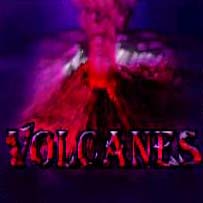
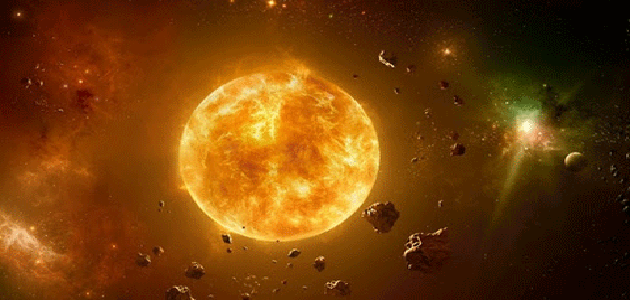



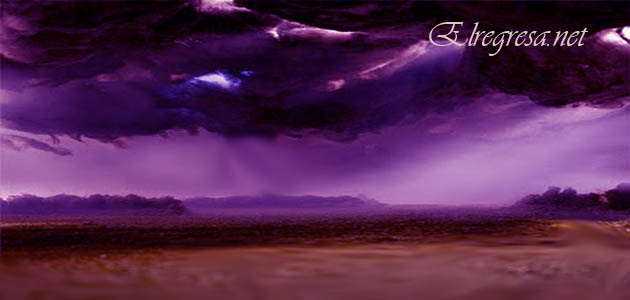



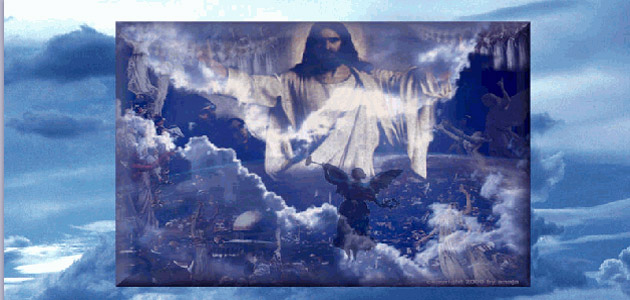
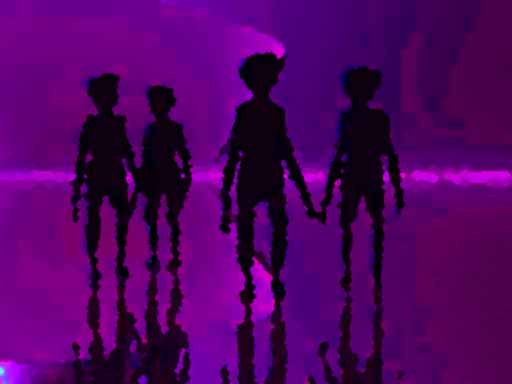



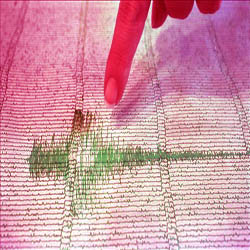
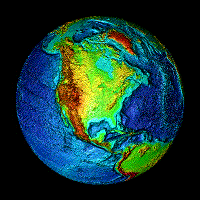







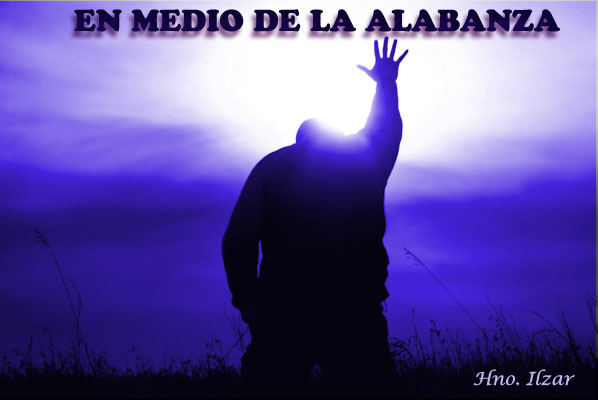
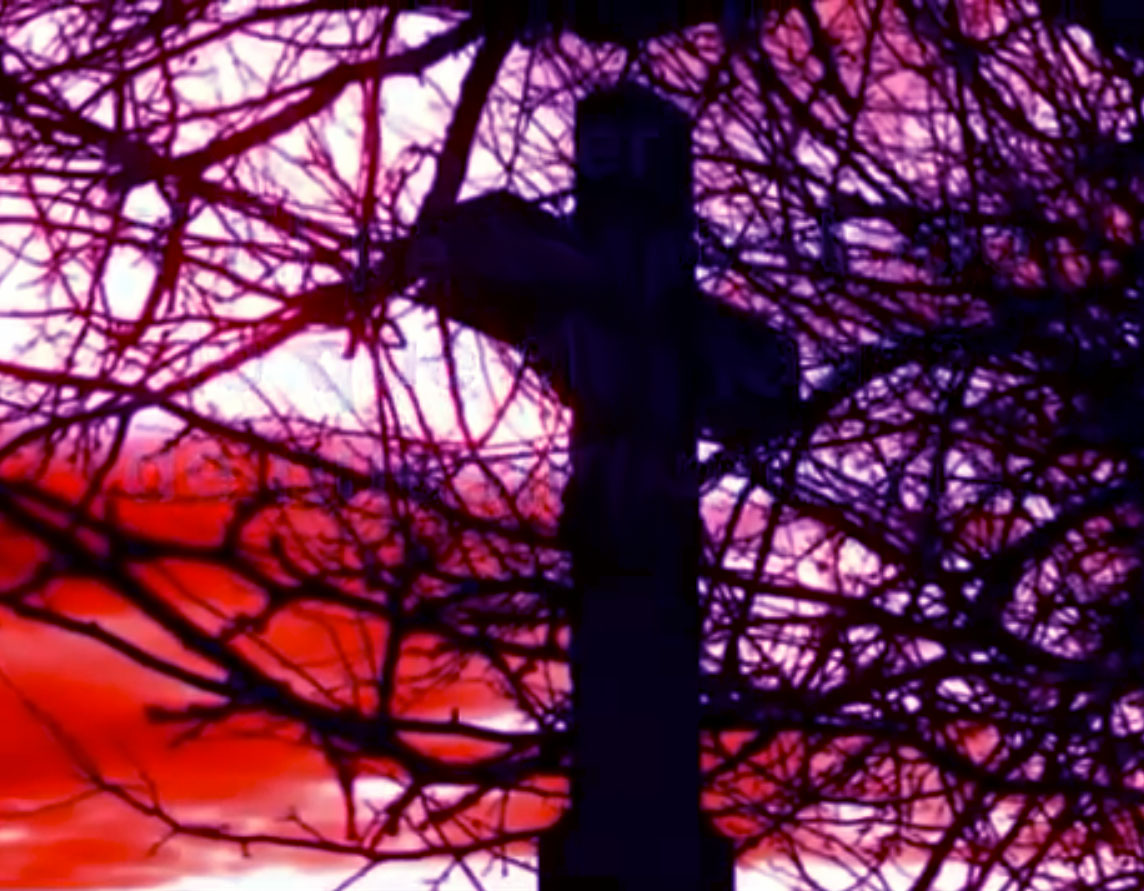




http://www.godlikeproductions.com/forum1/message1791112/pg1
esto es otro acontecimiento extraño que se esta dando en los cielo este mes. lugar nuevo mexico usa,22 de febrero.
HNOS VEAN ESTO EN BRASIL UNA BOLA IGUAL A LA DE AFRICA AQUI ESTA LA FOTO Y ELhttp://www.godlikeproductions.com/external?http%3A%2F%2Fg1.globo.com%2Fbrasil%2Fnoticia%2F2012%2F02%2Fmoradores-de-povoado-no-maranhao-dizem-que-objeto-caiu-do-ceu.html REPORTE.VEANLO INCREIBLE,SOLO INCREIBLE.
http://www.godlikeproductions.com/external?http%3A%2F%2Fg1.globo.com%2Fbrasil%2Fnoticia%2F2012%2F02%2Fmoradores-de-povoado-no-maranhao-dizem-que-objeto-caiu-do-ceu.html
AQUI EL LINK POR AQUELLO,OTRA VEZ.
hermano danilo impresionante el mismo tipo de objeto,este es el link igual subire esta noticia con el traductor Google.
http://elregresa.net/un-granjero-de-namibia-encontro-una-gigantesca-esfera-que-cayo-del-espaciohno-alberto/
http://elregresa.net/objeto-cae-del-cielo-en-brasil-hno-danilo/
Esta es el link de la profecia:
http://g1.globo.com/brasil/noticia/2012/02/moradores-de-povoado-no-maranhao-dizem-que-objeto-caiu-do-ceu.html